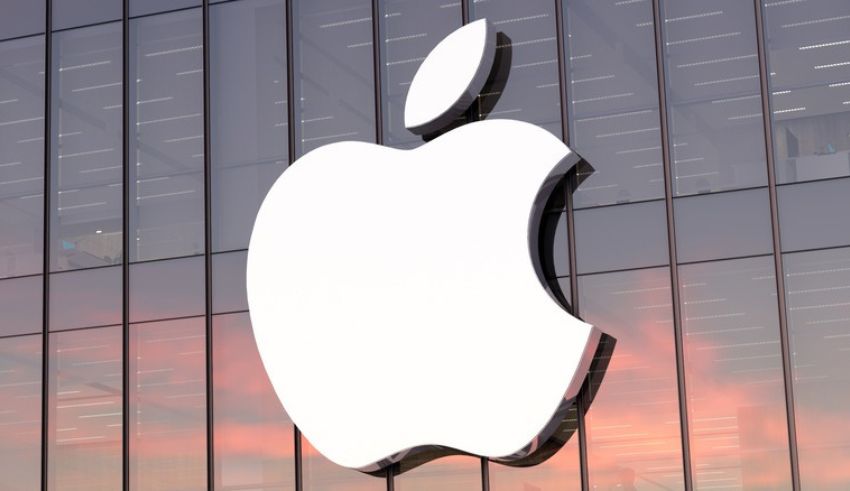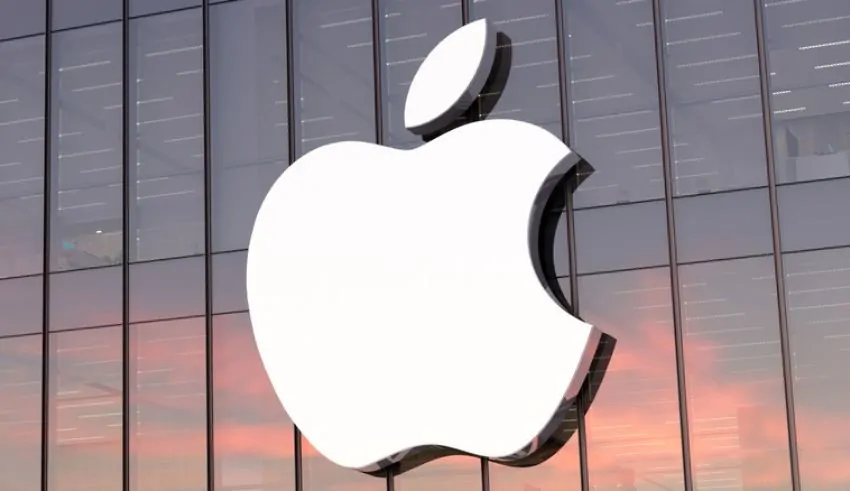

(C) Apple
For some years now, Apple has released its iPhones, AirPods, and Apple Watches around September in line with a regular pattern. Usually providing updates for its Mac series in October or November, the company typically saves springtime for unveiling new iPads and other auxiliary products. For Apple, this cycle has demonstrated to be rather successful since it helps it to maintain a steady buzz about its brand and ensure continuous money sources.
Though in part because of their strict, fast delivery schedule, Apple’s technical staff are under greater and more strain. To lighten staff strain, there are speculations that Apple may be shifting its approach and opting to upgrade specific hardware components at a slower, more sustainable pace.
While some of Apple’s devices may be affected by the potential change in product release strategy, it is important to stress that the annual iPhone release is the foundation of the company’s financial model and will most likely not alter. For a number of reasons, particularly related to marketing, the yearly release of the newest iPhone model is quite important. One of Apple’s most important events, the introduction of the iPhone attracts a lot of interest globally and creates expectations that drive media coverage and consumer involvement.
More importantly, Apple’s whole income comes from iPhones in a pretty significant ratio. From market competition to stock performance, a delay in iPhone launches could have general consequences. As part of Apple’s annual show-off event, new models of the iPhone will thus continue following their yearly update cycle, shown each September.
But Mark Gurman from Bloomberg argues that Apple’s most recent Apple Watch event offers a window into how the company can use a more measured, deliberate approach for some of its other products, therefore straying from the annual refresh schedule.
As usual, Apple revealed tweaks to the base Apple Watch model at this year’s September event. Still, it took a more subdued approach with the remaining members of the roster. For example, Apple only included a new color choice instead of providing significant new features, so the Apple Watch Ultra 2 received a small upgrade. Apple also decided not to unveil the upcoming Apple Watch SE model, which sparked speculations about a modification in the corporate product strategy.
According to Gurman, this decision most likely marks a more general change toward staggered upgrades for various product categories. While the base Apple Watch model will most likely continue getting annual updates, Apple Watch Ultra and Apple Watch SE might now follow a two-year upgrading plan. By focusing on the flagship model year, Apple might be able to release itself from the weight of simultaneously redesigning the entire lineup.
One of the key causes of Apple’s reported change is its latest difficulties maintaining the high degree of quality and dependability that customers have learned to demand. Recent months have seen significant issues with software updates across many of Apple’s devices, which has led to speculations about possible Apple quick release schedule responsibility.
For example, major software bugs on the new iPad Pros resulted in iPadOS 18 being originally deleted, so Apple had to re-release the update one week later. Similarly, performance problems led to the third beta of WatchOS 11.1 being removed. Problems went beyond mobile devices since Apple’s HomePod line also dealt with software problems, adding to the growing list of quality control concerns.
These challenges suggest that Apple’s technical team might be distributed too thinly, juggling numerous projects concurrently without adequate time to develop and test their output. One of the basic issues is Apple does not have particular teams for every device. Instead, developers occasionally work on numerous products, therefore they could be concurrently developing improvements for Apple Watches, HomePods, AirPods, and Macs. Although from a resource allocation standpoint this multitasking approach is effective, it has made it difficult to ensure flawless performance across all product lines.
Apple’s software ecosystem’s very complexity adds to these challenges. Among the operating systems the company’s present device set runs on are Watch OS, iOS, iPad OS, macOS, and TVOS. Speculation that Apple is building a new homeOS platform for smart home devices adds even more to the volume of systems that need to be kept under control.
Dealing with such a broad spectrum of software systems requires a considerable degree of coordination; recent software issues have made clear how difficult it is to keep everything running as it ought. It’s hardly unexpected that developers dispersed throughout so many projects have missed problems and defects, therefore compromising Apple’s quality reputation.
Apple might give its employees more time to enhance their job by slowing down the cycle of product release, therefore guaranteeing that new gadgets and software updates are completely tested and ready for market before they are launched.
Should Apple decide to cut down hardware update rate, the step might have several significant advantages. Above all, it would allow the company to focus more on quality control, therefore reducing the likelihood of hardware issues or software flaws finding their way into produced goods. Given the company’s recent problems in this area, a more careful approach will help restore consumer confidence in Apple’s trustworthiness.
A shorter upgrade cycle could also let Apple have more creative freedom. Instead of getting mired in the burden of annual incremental updates, engineers can focus on generating extremely creative concepts for next products. This could lead to more important developments in sectors including battery life, performance, and software integration, therefore helping Apple to maintain its competitive edge in the saturated tech sector.
From a marketing standpoint, a less regular update plan might inspire more excitement and expectation about new product debuts. Constant gadget updates make it more difficult to produce the same degree of buzz every time. Through spreading upgrades, Apple may create more “must-have” occasions for consumers, hence boosting sales during every product cycle.
Some hardware products may have a slower release cycle, which would be the ideal solution for Apple trying to strike a balance between need for continuous quality and its ambitious product line. While the Apple Watch SE and Apple Watch Ultra may now have longer intervals between upgrades, other products like the Apple iPhone will remain on their annual update schedule and the company can focus on supplying stable, high-quality items without straying its staff.
Apple and its customers would eventually also benefit from this shift. By addressing hardware upgrades more sensibly, Apple may reduce the load on its engineers, improve quality control, and possibly deliver more important innovations in next products. For consumers, this means less defects, better performance, and more excitement when newly introduced products are finally on display.
South Korean President Yoon Suk Yeol has been removed from office due to issues concerning martial law. A significant shift…
On Thursday night, Milwaukee Bucks player Giannis Antetokounmpo made NBA history by becoming the first player to score 35 points,…
On Thursday, April 3, 2025 at 10:12 a.m. Beijing time, China made a successful orbit placing satellite launch of Tianping-3A…
SM Entertainment has formally ceased for Wendy and Yeri of Red Velvet. But this is not the end of their…
As President Donald Trump declared economic independence through new tariffs he placed significant harm on developing countries in Southeast Asia…
Once again crowned the world's best entrepreneurship nation in the Global Entrepreneurship Monitor (GEM) Report, the UAE has claimed the…
This website uses cookies.
Read More